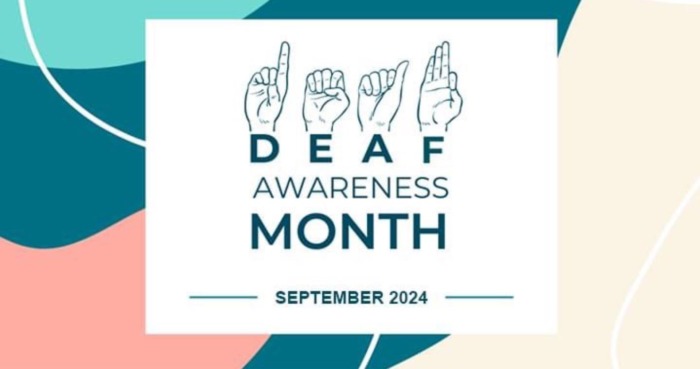
Did you know the Indiana School for the Deaf was the first state school in the nation to provide tuition-free — and bilingual — education for deaf students? And that its founder, William Willard, was the first deaf person in America to establish a school for the deaf? Did you know that former Indiana Fever player Tamika Catchings was born with hearing loss in both ears?
In light of September being National Deaf Awareness Month, please join us as we explore deaf Hoosiers’ place in our nation’s history and future.
Facts and Figures
To raise awareness of the deaf community right here in the heartland, here are some basic facts:
- 400,000-plus residents of the state are deaf and hard of hearing, according to the Indiana Association of the Deaf (IAD).
- Indianapolis is one of the top seven deaf community population clusters in the nation.
- The Indiana School for the Deaf serves approximately 350 enrolled students, pre-K-12.
For those who may not know, here are a few resources for the deaf Hoosier community …
Organizations and Resources
Indiana School for the Deaf: In the midst of the state’s near bankruptcy in 1843, the Indiana General Assembly enacted a property tax to fund the education of deaf residents. In 1846, the Indiana School for the Deaf officially became the sixth state school for the deaf in the nation.
The school continues growing to this day, as its leaders recently broke ground on a new combined campus with the Indiana School for the Blind and Visually Impaired. The state-of-the-art campus aims to deliver the utmost accessibility, as the construction involves consultation from blind and deaf architects.
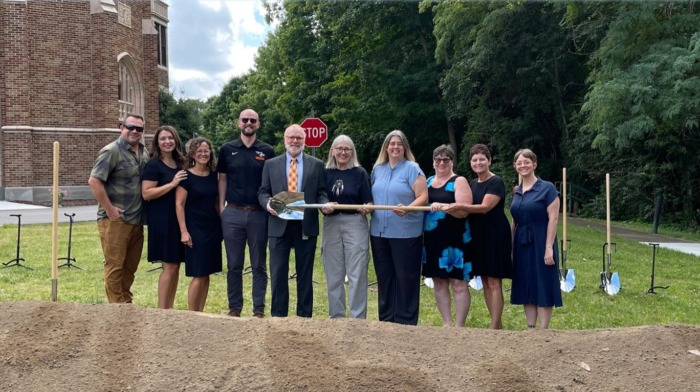
Hear Indiana: In addition to sharing office space, Hear Indiana partners with Easterseals Crossroads to operate the Speech and Hearing Resource Center, a state-of-the-art facility designed to meet the needs of Hoosier children with hearing loss and their families. Through its partnership with Easterseals Crossroads and INDATA, Hear Indiana is able to provide audiology services, interpreters, assistive technology and equipment training, among other things.
iCanConnect: Through federal funding, iCanConnect provides deaf-blind clients with free hardware (computers, tablets, captioned telephones, braille devices) as well as free accessibility software and applications, including magnification software and screen readers. The program’s primary aim is to allow deaf-blind clients to use distance communication.
Easterseals Crossroads’ Assistive Technology Specialist/Vision & Sensory Team Lead Belva Smith has a somewhat extreme example of how iCanConnect helped one particular client with distance communication.
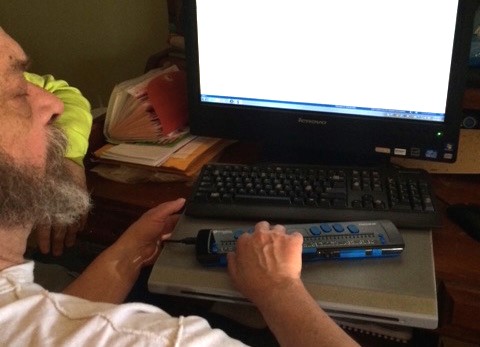
“A story I like to share is one about a middle-aged man who lives alone in a remote location with his dog,” Smith said. “His sister lives about 50 miles away and visits him frequently with groceries and to help with basic needs. Before iCanConnect, they could only communicate in the same room together using tactile sign language, as he is deaf-blind and had no technology to allow him to use distance communication with friends or family. He had never used a computer, and he was one of the very first clients we set up with equipment. Due to his geographic location, we just could not get high-speed internet to him. Long story short, after lots of practice and training, we were able to get him internet access and set him up with email, and he began sending and receiving email messages. The first email he was able to read brought tears to everybody’s eyes in the room.”
Relay Indiana: This is a free telecommunications relay service for Hoosier citizens who are deaf, hard of hearing or speech impaired. It allows users with assistive telecommunication devices to communicate with standard telephone users through specially-trained operators who relay the conversation. Through teletypewriters, captioned telephones and voice-recognition devices, Relay Indiana allows people who are deaf or hard of hearing to have what resembles a “traditional” phone call. As the commercial on its site states, “People with hearing loss can experience the same ease, speed and confidence as telephone callers everywhere.”
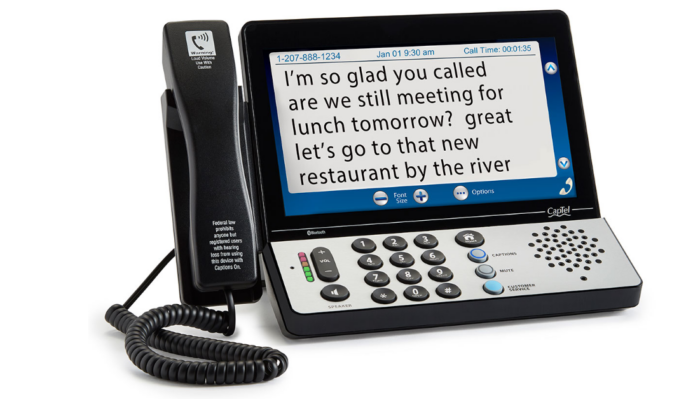
Like INDATA, Relay Indiana has a loan program for its assistive technology devices. If the equipment’s accompanying instructions don’t suffice for borrowers, they can turn to INDATA for training. INDATA’s lending library has captioned telephones available from the Indiana Telephone Relay Access Corporation (InTRAC), which facilitates Relay Indiana’s services.
Famous Deaf Hoosiers
Indiana Fever legend Tamika Catchings has long been open about her history of hearing loss, and she has supported the hearing impaired community in many ways, including working with the University of Tennessee Health Science Center’s Audiology Department to provide hearing aids for young adults whose insurance does not cover them.
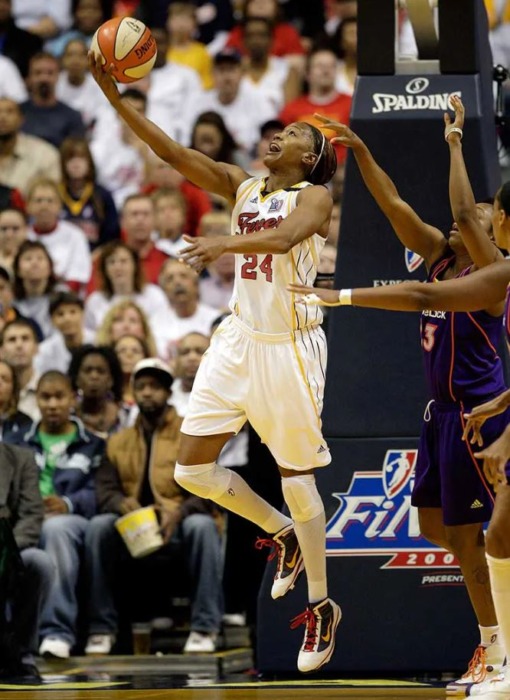
Television personality Patty Spitler is another state celeb with a tie to the deaf Hoosier community. As someone with Meniere’s disease — an inner-ear disorder that causes hearing loss — Spitler is a strong supporter of organizations like InTRAC, and she has appeared in many advertisements for InTRAC’s Relay Indiana services over the years.
“Before (Relay Indiana and captioned telephones), we were often isolated,” she said of deaf people in a recent Great Day TV segment. “This gives us a voice and a way to communicate.”
All in all, there is plenty of Hoosier-related information to be aware of this September as we celebrate National Deaf Awareness Month.
